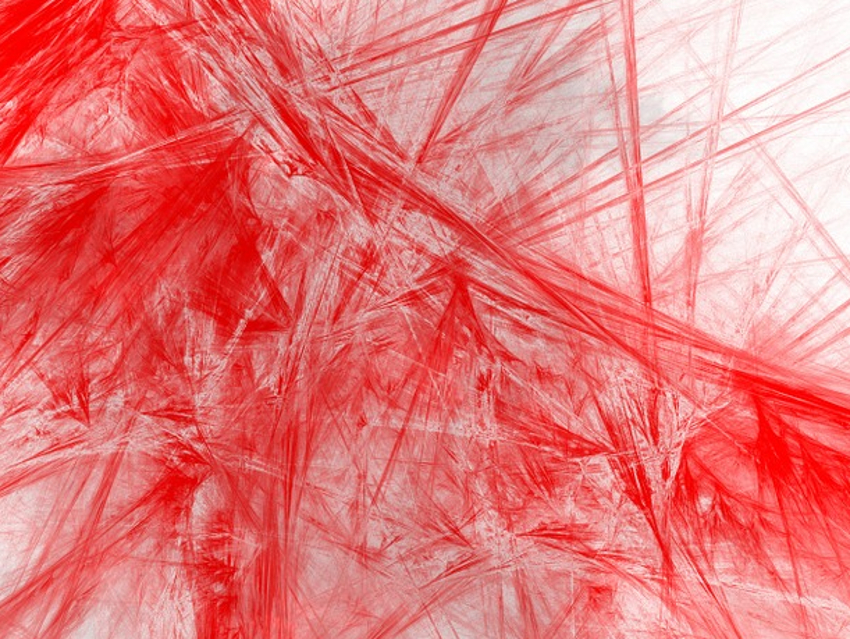The formation of ice crystals is a major problem for the cryopreservation of cells and tissues. Existing methods to protect frozen cells require either toxic organic solvents or expensive antifreeze proteins. Some nanomaterials can mimic the effects of antifreeze proteins. Such materials need to combine the effective inhibition of ice recrystallization, low cost, ease of access, and biocompatibility.
Wei Zhu, C. Jeffrey Brinker, The University of New Mexico, Albuquerque, USA, and colleagues have developed water-stable zirconium-based metal−organic framework (MOF) nanoparticles for the cryopreservation of red blood cells. The team synthesized five different types of nanoparticles from the MOFs UiO-66, UiO66-NH2, UiO-66-OH, UiO-67, and MOF-808 using solvothermal methods. Then they tested the particles’ cryoprotective properties and compatibility with red blood cells.
The researchers found that UiO-66-OH nanoparticles can be used as an effective cryoprotectant. The material’s structure provides evenly spaced hydrogen donor groups, which can interact with water molecules and, thus, inhibit ice recrystallization and promote the melting of ice crystals. Up to 40 % of red blood cells could be recovered after cryopreservation using the nanoparticles, more than with existing commonly used cryoprotectants.
- Metal–Organic Framework Nanoparticle-Assisted Cryopreservation of Red Blood Cells,
Wei Zhu, Jimin Guo, Jacob Ongudi Agola, Jonas G. Croissant, Zihao Wang, Jin Shang, Eric Coker, Benyamin Motevalli, Andreas Zimpel, Stefan Wuttke, C. Jeffrey Brinker,
J. Am. Chem. Soc. 2019.
https://doi.org/10.1021/jacs.9b00992




